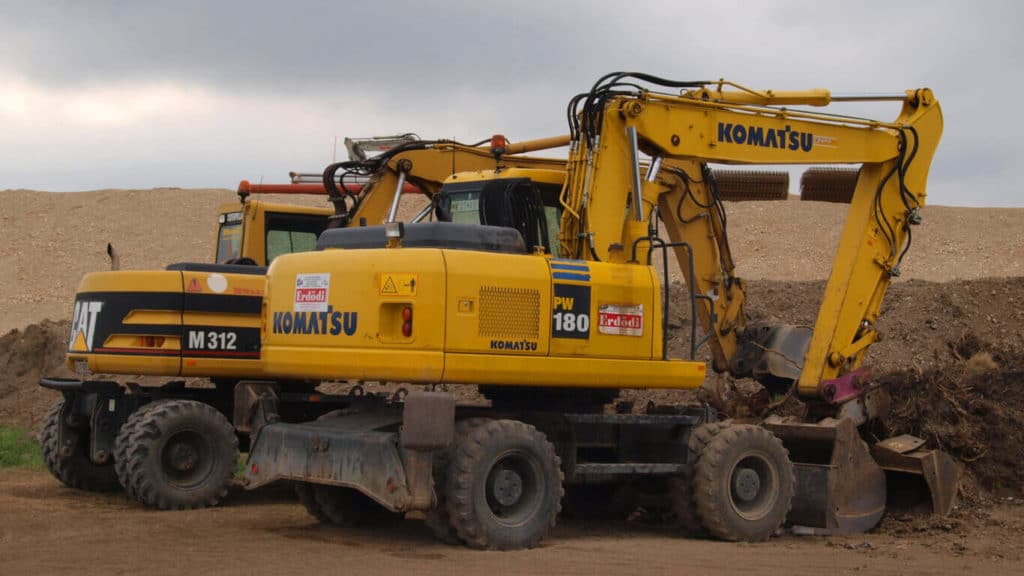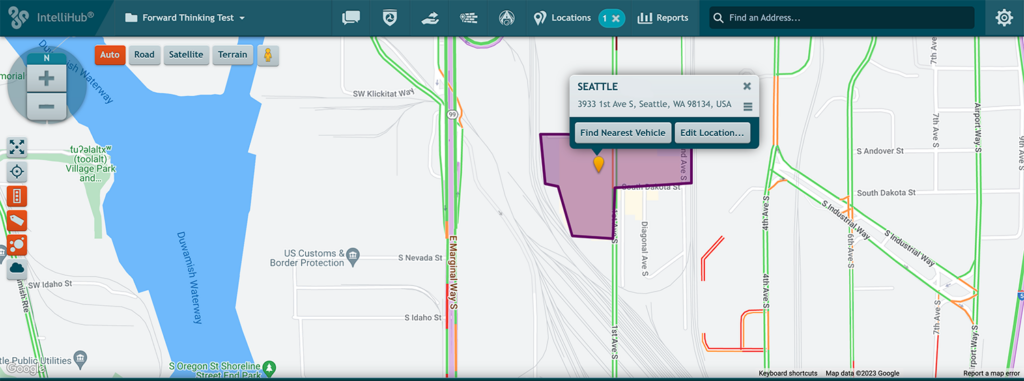Equipment theft is one of the greatest threats to our industry. In today’s fast-paced business environment, managing assets efficiently while safeguarding them from theft has become a paramount concern for companies across industries. Whether it’s construction equipment, fleet vehicles, containers, trailers, or worksite assets, the need to maximize asset utilization and minimize theft is a major challenge. Enter asset tracking – a technological solution offering real-time visibility, security, and optimization like never before.
In this article, you’ll learn the true cost of theft, how one business prevented a $350K equipment loss, and how asset tracking devices can help your operations.
Let’s dive in.

A joint study by the National Equipment Register (NER) and National Insurance Crime Bureau (NCIB) reported 11,574 equipment thefts in 2016. The report is based on more than 10,000 construction and equipment thefts reported through the National Crime Information Center’s (NCIC) database.
The lost equipment includes mowers, skid steers, loaders, tractors, utility vehicles, excavators, forklifts, and much more. More importantly, the total cost of this lost equipment is over $347M. That’s a staggering amount and a massive blow to the industry, though a business can feel the pain when even a single piece of equipment is stolen. In the Clinton Township, for example, a single loader was stolen from a construction site that cost the operation~$165k.
Asset tracking is an essential tool for any fleet. A dedicated asset tracking system protects your valuable business assets and finances and helps maximize your equipment and vehicles.

GPS asset tracking involves fitting equipment with small GPS devices that continuously transmit location data to a fleet management system, such as IntelliHub. This real-time data enables businesses to monitor the exact location of their assets at any given time. In the event of unauthorized movement, businesses receive immediate alerts, allowing them to take prompt action and prevent theft.
Advanced fleet managements systems typically include geofencing capabilities, as well. Geofencing allows businesses to define virtual boundaries for their assets. If an asset crosses these predefined boundaries, an alert is triggered, enabling quick response to potential security breaches. This added layer of security ensures that assets remain within designated areas, reducing the risk of theft.
As the NCIC reports, two of the top contributing factors to stolen equipment are delays in the discovery of theft and delays in reporting. Fleet activity monitoring with real-time notifications by SMS or email can drastically improve response times, reducing instances of theft and loss. For example, Culy Contracting, an Indiana-based sewer construction business, had several vehicles stolen from a job site. Thanks to geofencing, their team was alerted, and were able to quickly contact the authorities, who recovered all $350k worth of equipment. Geofencing also improves operational efficiency by optimizing resource allocation and streamlining processes.

While minimizing theft and recovery equipment is crucial, optimizing asset utilization is equally important. Many businesses struggle with underutilized assets, leading to unnecessary costs and inefficiencies. GPS asset tracking offers data-driven insights into how assets are managed and deployed.
Equipment and employee downtime is a leading cause of lost profits in the construction industry. Experts agree that most businesses lose out on serious money, with 20-30% of their operation time lost due to unplanned downtime. With real-time information about the location and availability of assets, businesses can make more informed decisions about deploying them to various locations. This prevents overloading certain sites while other sites lack the necessary equipment, ensuring a balanced distribution of resources.
GPS asset tracking can also provide a wealth of additional data on asset health and usage patterns. This information is invaluable for scheduling preventive maintenance, reducing downtime, and prolonging the lifespan of equipment. By addressing potential issues before they become major problems, businesses can ensure consistent productivity.
Detailed historical data can be analyzed to identify usage patterns, peak hours, and periods of low activity. These data-driven insights enable more informed decisions about optimizing workflows, staffing, and scheduling, increasing overall efficiency. Finally, accurate utilization data can be used to assess fleet and asset capacity, ensuring you an adequate fleet, staff, and the correct assets when planning projects. This data can also drive decisions to reduce unnecessary expenditures that don’t contribute significantly to operations.
Asset tracking is transforming the way businesses manage their valuable assets. By offering real-time visibility, enhanced security measures, and data-driven insights, these systems empower businesses to minimize equipment loss while maximizing utilization. The benefits extend beyond cost savings, contributing to more efficient operations, improved maintenance practices, and strategic decision-making.
As businesses continue to seek innovative solutions to their operational challenges, GPS asset tracking stands out as a valuable tool that can provide a significant advantage in today’s competitive landscape.
Equipment tracking utilizes technology to monitor the location and status of assets in real time. This helps in early detection of unauthorized movements or usage, preventing theft and minimizing loss.
Equipment tracking provides insights into equipment usage and maintenance needs. By ensuring proper upkeep and avoiding unexpected breakdowns, businesses can reduce downtime. Additionally, in case of theft or loss, swift recovery of assets facilitated by tracking minimizes disruption to operations.
Insurance companies often provide lower premiums for businesses implementing robust security measures like equipment tracking. As these systems lower the risk of asset theft or loss, the potential liability for the insurer decreases, resulting in reduced insurance costs for the business.
Recent Posts
Categories
Stay in Touch
Ready to make fleet management more manageable?